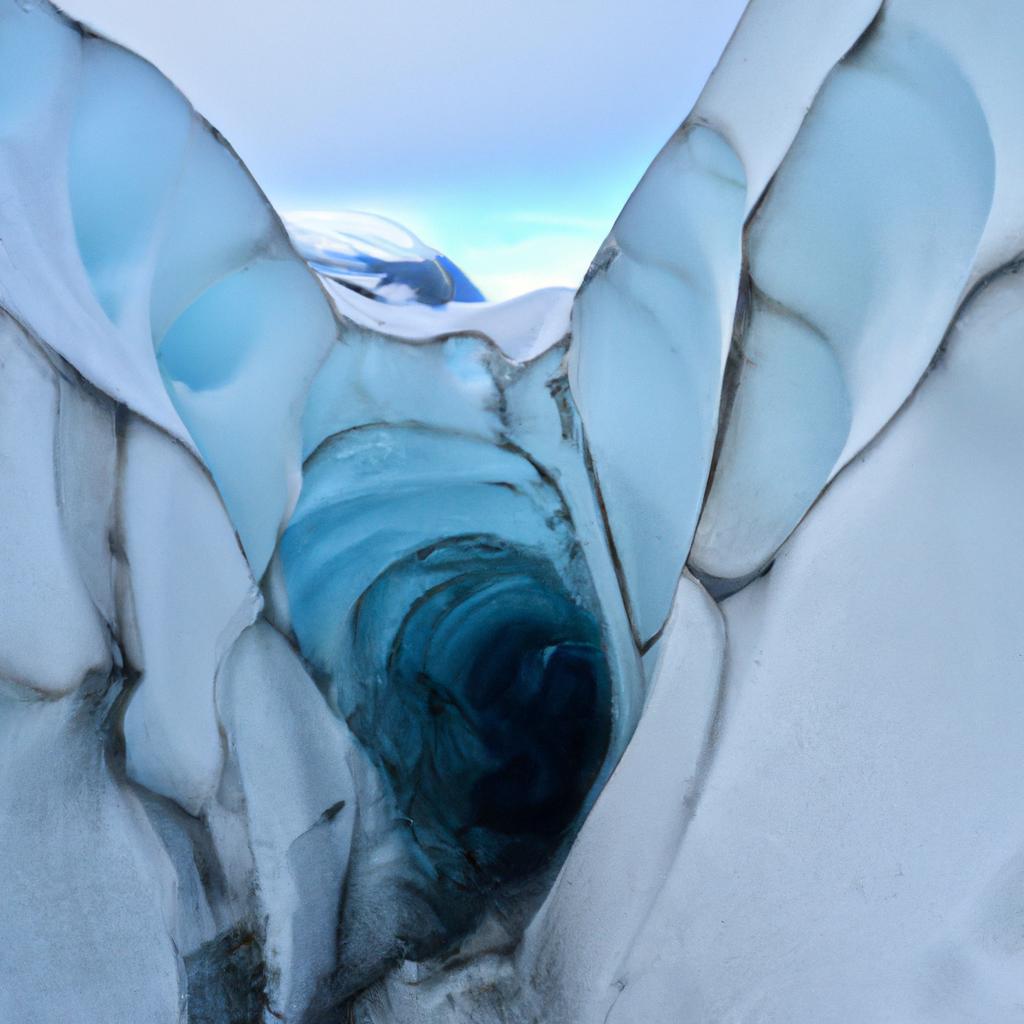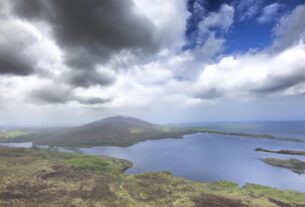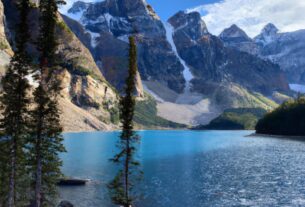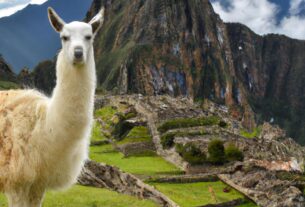Ice tunnels have captivated humans for centuries. These enchanting natural phenomena, formed by the movement of glaciers, offer a mesmerizing glimpse into a world of ice that is both beautiful and mysterious. As we delve into the secrets of ice tunnels, let us explore their formation, unique locations, the importance of responsible exploration, and the threats they face.
Formation of Ice Tunnels
Ice tunnels can be created naturally or through human intervention. Natural ice tunnels form as glaciers move and carve through landscapes, leaving behind intricate channels and passages. The cracking of ice and the flow of water through these cracks gradually erode the ice over time, giving birth to these captivating formations.
On the other hand, human-made ice tunnels are created by drilling or excavating into glaciers or ice sheets. These tunnels serve various purposes, such as research or tourism. Factors such as temperature, snowfall, and the shape of the landscape contribute to the formation of ice tunnels. Colder climates and higher snowfall increase the likelihood of their creation, while flat landscapes are less conducive to their formation.
Natural Ice Tunnels
Glaciers, with their majestic movements, are one of the most common locations for natural ice tunnels. Over time, the accumulation of snow compresses into ice, flowing downhill due to gravity. As glaciers advance, they carve through the landscape, chiseling channels and tunnels into the ice.
An iconic example of a natural ice tunnel is the Mendenhall Ice Caves in Alaska. Accessible by boat or kayak, these caves lie beneath the Mendenhall Glacier, offering a surreal experience with their ethereal blue hues and the soothing sound of dripping water. Another notable location for natural ice tunnels is the Vatnajökull Glacier in Iceland, the largest glacier in Europe, attracting visitors from around the globe.
Location of Ice Tunnels
Ice tunnels can be found in various captivating locations worldwide, including glaciers, caves, and mountains. Each location possesses unique characteristics contributing to the formation of these spellbinding tunnels.
Ice Tunnels in Glaciers
Glaciers, with their relentless movements, carve through landscapes, leaving behind impressive ice tunnels. Varying in size and shape, these tunnels often welcome explorers. For instance, the Perito Moreno Glacier in Argentina is famous for its accessible ice tunnels, allowing tourists to witness nature’s frozen magnificence through guided tours.
Ice Tunnels in Caves
Caves can also house awe-inspiring ice tunnels. Water flowing through the landscape erodes the rock, with dropping temperatures turning the water into ice formations, including tunnels. The Eisriesenwelt Ice Cave in Austria, the world’s largest ice cave, is renowned for its ice tunnels. Offering guided tours, this cave ensures visitors have a one-of-a-kind experience.
Ice Tunnels in Mountains
Mountains are yet another enchanting location for ice tunnels. Snow and ice accumulate on the mountainside, flowing downhill, and carving channels and tunnels as they glide. Rhône Glacier Ice Grotto in Switzerland exemplifies an ice tunnel within a mountain. Accessible via a cable car, this tunnel promises visitors a unique experience.
Exploration of Ice Tunnels
Ice tunnels provide an extraordinary and enchanting experience for adventurers. However, it is crucial to explore these tunnels safely and responsibly.
Importance of Ice Tunnel Exploration
Exploring ice tunnels holds significance on multiple fronts. Firstly, scientists can use these tunnels to study the effects of climate change on glaciers and ice formations. Secondly, it allows tourists to witness the awe-inspiring beauty of nature firsthand.
Safety Measures When Exploring Ice Tunnels
Exploring ice tunnels can be perilous, necessitating proper safety measures. Visitors must wear suitable clothing and footwear, as temperatures inside the tunnels can plummet. Additionally, following the guidance of tour guides and refraining from touching the delicate ice formations is essential.
Tools and Equipment Needed for Ice Tunnel Exploration
Exploring ice tunnels demands specialized equipment. Warm clothing, gloves, and sturdy footwear are essential for visitors. Additional equipment like helmets and crampons, provided by tour guides, ensures safe navigation through the slippery ice terrain.
Threats to Ice Tunnels
Ice tunnels, these miraculous marvels of nature, face threats from climate change and human activities, jeopardizing their preservation.
Climate Change and Its Impact on Ice Tunnels
Climate change poses one of the most significant threats to ice tunnels. Rising global temperatures cause glaciers and ice sheets to melt rapidly, destabilizing the ice and increasing the risk of collapses. The consequences extend beyond the tunnels themselves, affecting ecosystems reliant on ice formations. Wildlife and plants in these environments suffer, leading to broader impacts on water resources and local weather patterns.
Human Activities and Their Effect on Ice Tunnels
Human activities also contribute to the deterioration of ice tunnels. Building roads, structures, and other infrastructure alters landscapes, hindering the formation of ice tunnels. Tourist activities, such as hiking and climbing, can damage the delicate ice and increase the potential for collapses. Moreover, human activities worsening climate change, such as the use of fossil fuels, exacerbate the problem. Reducing our impact on the environment is imperative to safeguard these natural treasures for future generations.
Conservation Efforts to Preserve Ice Tunnels
Preserving ice tunnels requires concerted conservation efforts. Governments and organizations worldwide must implement measures to reduce carbon emissions and mitigate the impact of climate change. This involves promoting renewable energy sources, conserving forests and natural habitats, and reducing waste and pollution.
In addition, responsible tourism practices and visitor education play a vital role in preserving these delicate environments. By adhering to guidelines and regulations when visiting ice tunnels, tourists can minimize their impact on the environment and support conservation efforts.
Conclusion
In conclusion, ice tunnels offer a captivating window into a world of frozen beauty. However, these natural wonders face threats from climate change and human activities. As a nature and environment-focused website, TooLacks urges everyone to take action in reducing their environmental impact and supporting conservation efforts. By working together, we can preserve these extraordinary marvels, ensuring they continue to inspire and enchant us for generations to come.
TooLacks is dedicated to promoting environmental awareness and encouraging sustainable practices. Join us on this journey towards a greener future.



